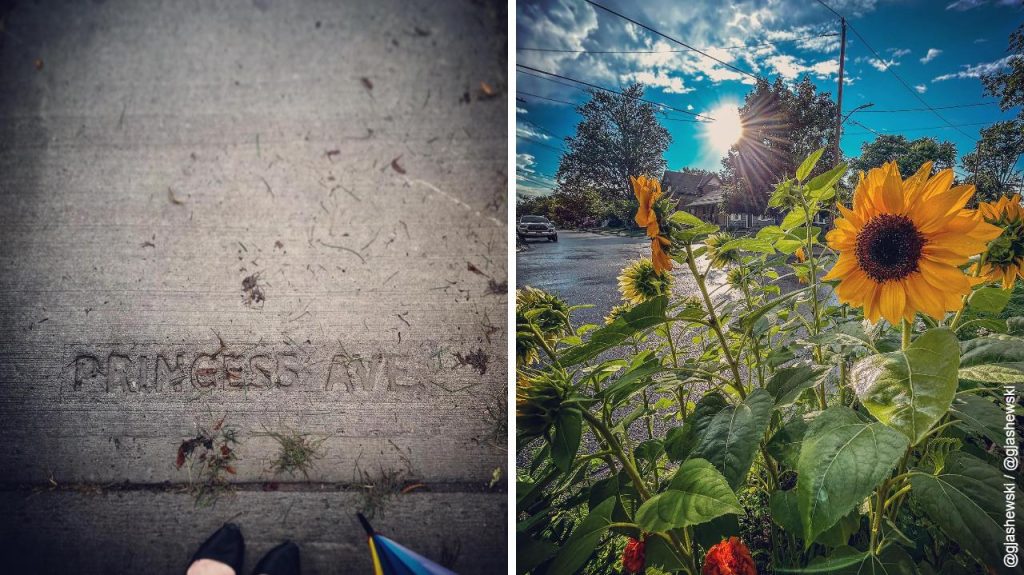The frustration is real, and it’s reaching a boiling point in Old East Village. Local residents packed into a community meeting recently to express mounting concerns about safety in their neighbourhood, with many describing a dramatic shift in their daily lives due to ongoing issues with homelessness, drug use, and property crime.
The gathering, which was intended as a forum for constructive discussion, quickly transformed into an emotional outlet for residents who feel their community has been forgotten. What started as a measured conversation about neighbourhood improvement became a two-hour session where locals shared their very real fears about walking down their own streets.
One particularly striking account came from a resident who described feeling unsafe enough to avoid leaving home without their large dog, not just for protection, but out of fear their pet might step on discarded needles or inhale dangerous substances left behind by drug users. The resident, who moved to London from a small town in 2017, admitted they’re now seriously considering leaving the city entirely due to how rough conditions have become.
The meeting saw Ark Aid Mission staff, who had called the gathering hoping for collaborative solutions, instead finding themselves on the receiving end of community anger. While residents acknowledged that the organization’s work providing meals and overnight shelter for about 30 people isn’t single-handedly destroying the neighbourhood, many expressed frustration with the concentration of social services in their area.
Business owners in attendance shared their own struggles, with one describing the constant noise, screaming, and garbage scattered throughout the area. They noted that while many unhoused individuals are generally harmless and even friendly in conversation, the sustained visual impact of witnessing such misery day after day takes a psychological toll on residents.
The geographical divide became apparent during discussions, with residents noting that someone living on Princess Avenue who drives everywhere will have a vastly different experience than someone living near Dundas and Lyle who relies on public transit and spends time waiting at bus stops. For those working late shifts and walking home after dark, the neighbourhood presents genuine safety challenges that others might never encounter.
Stories shared at the meeting painted a picture of escalating incidents. Residents described break-ins, people defecating on streets, aggressive behaviour from individuals under the influence, and one particularly disturbing account of someone exposing themselves and urinating on a resident. These aren’t isolated incidents according to attendees, but part of a pattern that has residents fundamentally changing how they navigate their own community.
The issue extends beyond Old East Village’s borders, with residents from the Hamilton Road and Egerton area reporting similar problems. That neighbourhood has seen its own share of break-ins, homeless encampments along the river, and public drug use that has some long-time residents avoiding walking to local stores without adult family members for protection.
Long-time Londoners at the meeting reflected on how dramatically the area has changed. Those who attended Beal Secondary School in the 1980s remember when Dundas Street was home to thriving businesses like Hudson’s department store, multiple banks, and various local establishments. Now, many described feeling too unsafe to walk that same stretch of road, particularly the section between Quebec Street and Adelaide.
The concentration of social services in the area became a central point of discussion. While residents understand the need for these programs, many questioned why they’re clustered in one neighbourhood rather than distributed throughout the city. Attempts to establish services in other areas have met with resistance from residents in those communities, creating a cycle where Old East Village continues to bear the primary burden.
Property owners in the area described dealing with repeated garage break-ins and constant overnight activity around their homes. Some who have owned rental properties in Old East Village for years expressed shock at how dramatically the neighbourhood has deteriorated, with conditions now significantly impacting their ability to maintain and rent their properties.
The meeting highlighted a broader challenge facing the city: every river is lined with tents, every vacant lot filled with shopping carts, and every park scattered with drug paraphernalia. This isn’t unique to Old East Village, but the concentration of issues in that particular area has created what many residents describe as an unsustainable situation.
Attendees called for concrete solutions including additional Ark Aid-style facilities spread across the city core, supervised detox programs, and mobile urgent care specifically designed for at-risk populations. The consensus was that without proper facilities and services, people experiencing homelessness have nowhere else to exist, leading to the current situation where they’re essentially living in front of businesses and on residential streets.
The absence of the mayor from the meeting didn’t go unnoticed by residents, with some interpreting this as a lack of priority for issues affecting their neighbourhood. The sentiment expressed was that policy makers who don’t live in the affected areas aren’t experiencing the daily reality that has prompted these community concerns.
The discussion touched on enforcement issues as well, with residents questioning why open drug use appears to be tolerated in their neighbourhood while other public activities face strict regulation. Some attendees expressed frustration that the law seems to be applied differently depending on someone’s housing status, creating what they see as an unequal system.
Despite the heated nature of the meeting, there was acknowledgment that the solutions require action at higher levels of government. Residents called for changes to funding structures and policy approaches, recognizing that community organizations like Ark Aid are doing their best with limited resources while dealing with systemic issues far beyond their control. The conversation highlighted on Reddit demonstrated that these concerns are shared widely among local residents

